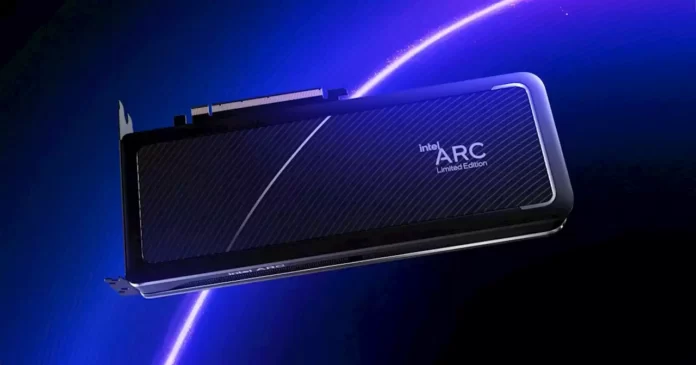Intel recently revealed its plans for the future of graphics processing units (GPUs). This announcement marks a major shift in Intel’s strategy, as the company looks to expand beyond its traditional focus on central processing units (CPUs) and become a more comprehensive provider of computer hardware. The new GPUs are set to be released over the next few years and will feature advanced architecture that provides improved performance at lower power consumption than current-generation GPUs.
The first generation of Intel’s upcoming GPU lineup is expected to include chips with up to 16GB HBM2 memory, 64 execution engines, 32 shader cores per engine and support for hardware-accelerated ray tracing technology. These features should make them competitive with existing high-end GPU offerings from AMD and Nvidia while also offering significantly higher performance per watt than those companies’ products. In addition, these GPUs will be integrated into Intel processors so they can share resources such as system memory which could lead to further improvements in efficiency when compared to discrete graphics cards from other vendors.
The leaked slide contains references to two different GPUs: BMG G10 and BMG G21. BMG G10 will have a TDP rating of under 225 watts and launch a little way into the second quarter of 2024, while BMG G21 will offer a TDP under 150W and release halfway through the second quarter of 2024. BMG G10 is classed as a top-end “Enthusiast” GPU by Intel, while BMG G21 is a “Performance” card, which sits one tier lower
The release of these new GPU designs is an exciting development for both gamers looking for better graphical experiences as well as professionals who need powerful computing solutions without sacrificing energy efficiency or portability concerns. While it remains uncertain how successful this move by Intel will be in terms of market share gains versus their competitors’ products; it does appear that having access to dedicated graphic capabilities within their CPUs could give them an advantage over time if they can leverage this technology effectively across multiple product lines going forward
Intel recently revealed its first foray into the GPU market, with their new line of Intel Xe graphics cards. This is an exciting development for gamers and tech enthusiasts alike, as it has been a long time since Intel last released a dedicated graphics card. The Xe series promises to be powerful enough to handle even the most demanding games on the highest settings while still being relatively affordable compared to other high-end GPUs from Nvidia or AMD.
The launch of these GPUs marks a major milestone in Intel’s history and could potentially revolutionize how gaming PCs are built in the future. With this new technology, PC builders will no longer have to rely solely on third-party vendors for their GPU needs; instead, they can get all of their components directly from one source: Intel itself! Furthermore, due to its integrated architecture design that combines CPU cores with specialized hardware acceleration units such as AI accelerators or ray tracing engines within each chipset – users can expect improved performance at lower power consumption levels than ever before seen in consumer-grade products.
Overall this is great news for anyone looking forward towards building an ultra-powerful gaming rig without breaking the bank too much – especially if you’re planning on running multiple monitors simultaneously! It’s clear that with these new Xe GPUs alongside upcoming CPUs like Tiger Lake H35/H45 series processors (which feature up to 8 cores & 16 threads) – there are plenty reason why people should be excited about what lies ahead for PC gaming over the next few years











